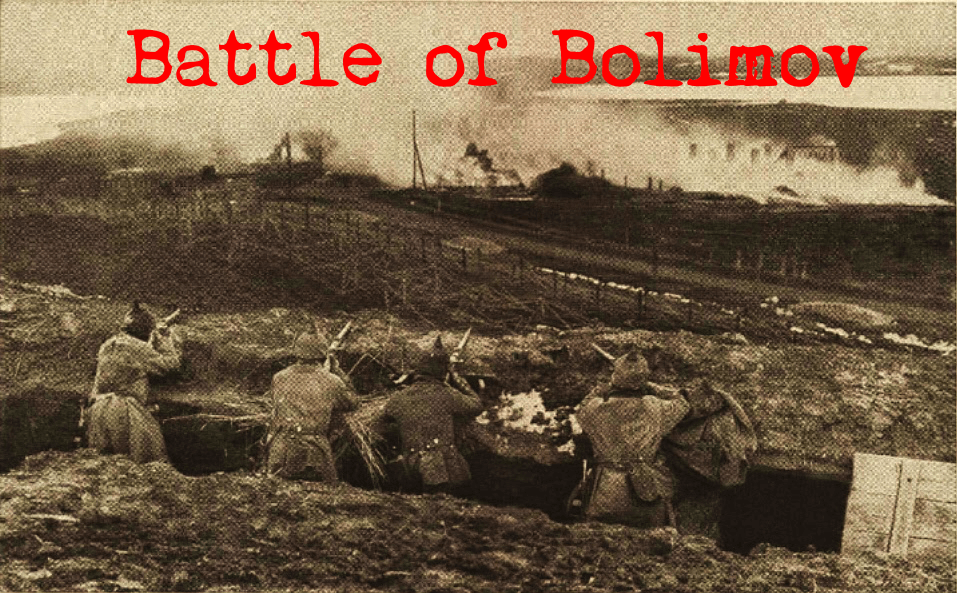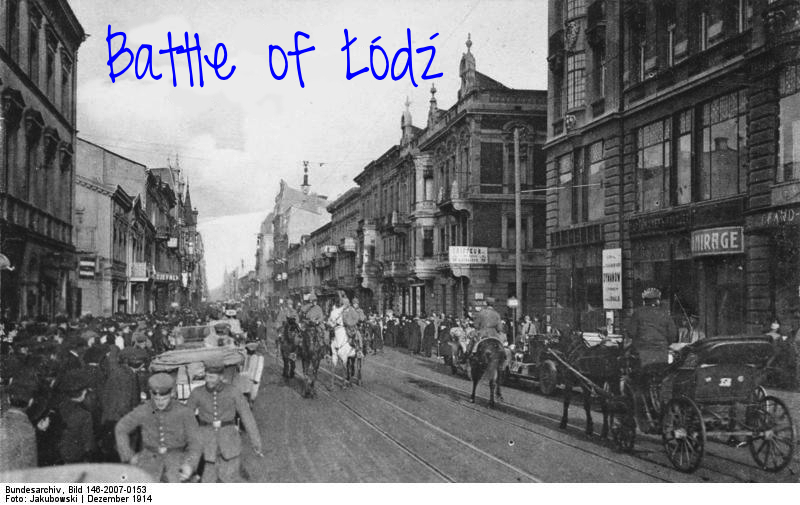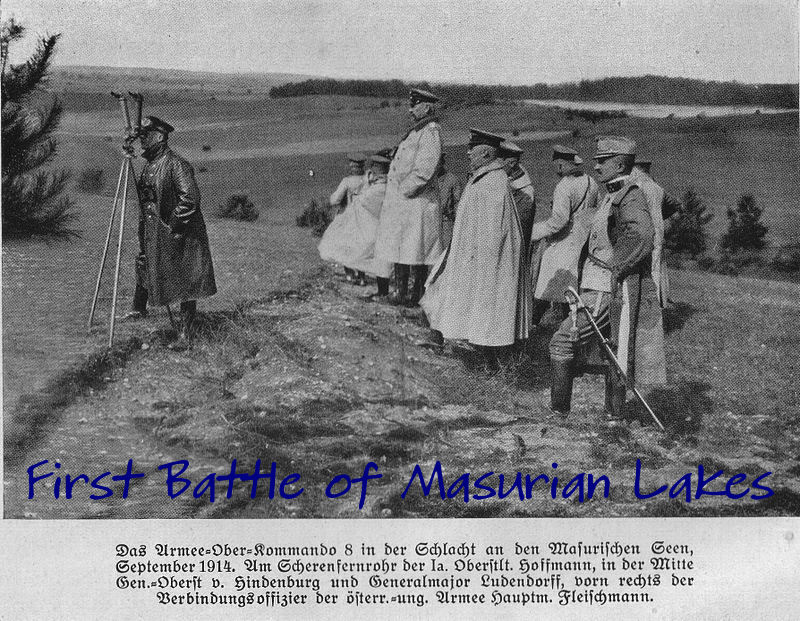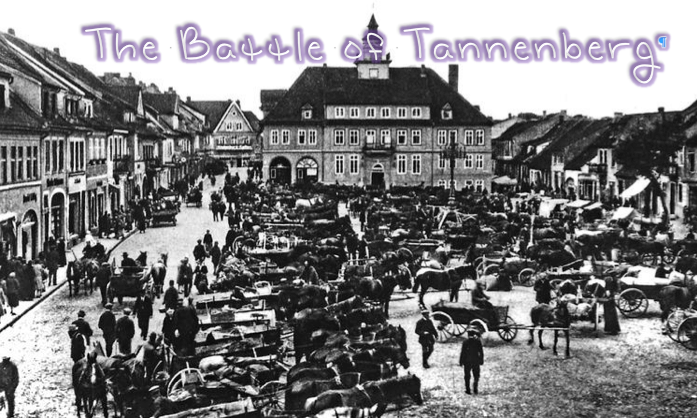Battle of Bolimov
Battle of Bolimov Fought between the German Ninth Army led by August von Mackensen and the Russian Second Army led by Smirnov, the… Read More »Battle of Bolimov
Battle of Bolimov Fought between the German Ninth Army led by August von Mackensen and the Russian Second Army led by Smirnov, the… Read More »Battle of Bolimov
Battle of Łódź The Battle of Łódź began on November 11th, as the newly formed German 9th Army, under the command of General August von… Read More »Battle of Łódź
First Battle of Masurian Lakes A very short article about an early WWI battle, but since there is a 2nd Battle of Masurian Lakes, it… Read More »First Battle of Masurian Lakes
The Battle of Tannenberg On August 26, 1914, the Battle of Tannenberg began in East Prussia in the city of Allenstein – the first battle of… Read More »The Battle of Tannenberg



